[IF YOU HAVE NOT READ THE FIRST PART YET, CLICK HERE TO READ THAT FIRST]
In the first part, we talked about the ideal conditions a planet needs to satisfy to be classified as a habitable Earth-like planet. We also did an in-depth analysis of the idea of living on Mars, and clearly defined the problems and their solutions. (however radical they may be)
Earth, our home planet is the third planet from the Sun and the only place we know of where living things exist. Earth seems to be (yet) the only planet in our solar system containing liquid water on its surface, despite being only the fifth largest planet in the system. Earth is the largest of the four planets nearest to the Sun, and it is slightly larger than Venus. All four planets are composed of rock and metal at its core and surface. However, allaying concerns about resource use and depletion on Earth are now forcing humanity to push its boundaries (both literally and metaphorically). Scientists and futurists argue that the altering and subsequent or concurrent settlement of other planets decreases the odds of humanity’s extinction. Well, considering the need to terraform and go to different planets, how many choices do we have? Well, the answer is not that good.
Right now, we have two options:
- Try to find habitat in Earth-like exoplanets, light-years away from us.
- Try to terraform our Solar System into habitable conditions.
Well, it is quite obvious that for now, the only viable option is the latter one. In part 1, we focused on terraforming Mars. Well, this time we will be analyzing an even more radical, yet possible idea: Terraforming Venus.
Terraforming Venus:
Leaving earth to find new homes in space is an old dream of humanity and will sooner or later be necessary for our survival. The planet that gets the most attention is Mars, a small, toxic and energy poor planet that just about seems good enough for a colony of depressed humans huddled in underground cities; But what if we think bigger? What if we take Venus, one of the most hostile and deadly places in the solar system and turn it into a colony? Not by building lofty cloud cities, but by creating a proper second earth? It might be easier than you think.
Well, if you guessed Venus, you are absolutely correct! Venus is by far the hottest planet in the solar system with a surface temperature of 460°C, hot enough to melt lead. This heat is due to the most extreme greenhouse effect in the solar system. CO₂ is great at trapping heat – even a rise from 0.03% to 0.04% inEarth’s atmosphere is heating up our planet right now. Venus’s atmosphere is 97% CO₂. Also, Venus’s atmosphere is 93 times denser than earth’s. Standing on Venus’ surface would feel like taking a dive about 900 meters deep into the ocean. The pressure would kill you instantly. It’s a truly horrible place!(for now) So why should we even bother? First and foremost, Venus is almost as big as Earth and has 90% of its surface gravity.
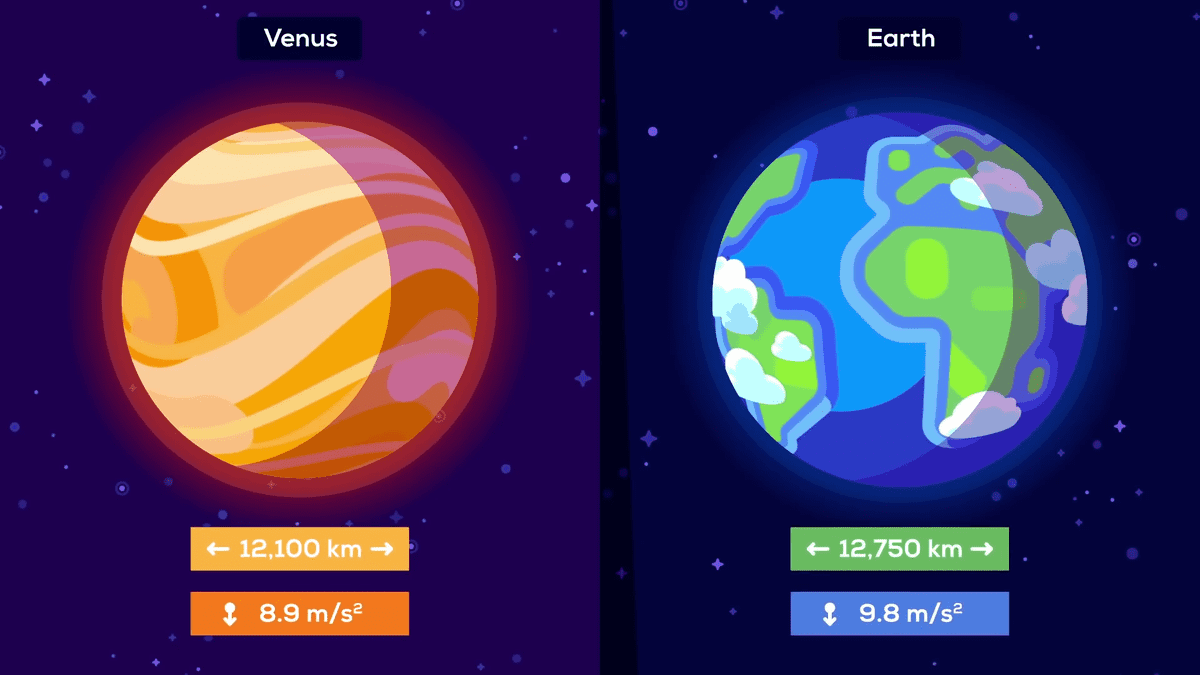
Surface gravity is a big problem when colonizing the solar system because it is very likely that long stays in low gravity places will have negative health effects. Venus’ size means it could be the second largest habitat in the solar system. A new home for billions of humans and trillions of animals, with oceans, lush forests and a beautiful blue sky. A properly terraformed Venus may be the most pleasant place to live outside of Earth. While we can’t exactly terraform Venus today, a slightly more ambitious future version of us could take this project on. It will take a few generations to complete and be a huge challenge – like building the great pyramids was for our ancestors. But then it’s not like humans have never started projects that took more than a lifetime to complete.
How can we make Venus habitable?
Okay, let’s do it! Before anything else, we need to cool Venus down and remove the gas that makes up the extremely heavy atmosphere. As mentioned, there is a lot of it: around 465 million billion tons. How do we do that? There are a few options.
- We could create giant solar collectors powering a huge array of laser beams, that heat up the atmosphere so much that it is blasted into space. Although we would need thousands of times the entire power generating capacity of humanity and it would still take thousands of years to remove the atmosphere.
- Another way is to sequester the atmosphere. Binding the CO2 in different compounds through chemical reactions. We could mine elements like Calcium or Magnesium or Mercury and shoot them at Venus via mass driver systems – electric rails that make rockets unnecessary on smaller planets. The metals would combine to bind the CO2 into different carbonates basically forever. However, the scale makes the whole thing impractical. We would need several hundred billion tons of material to sequester the CO2 this way. Seems like a waste of material and might take too long.
- An equally ridiculous idea that could actually work is to put Venus in the shade, LITERALLY; by constructing a huge mirror to blot out the sun to just freeze the atmosphere. The mirror does not need to be complex or massive, just a very thin foil with a little structural support. Building such a large flat surface so close to the sun will turn it effectively into a solar sail and push it out of position, crashing into Venus.
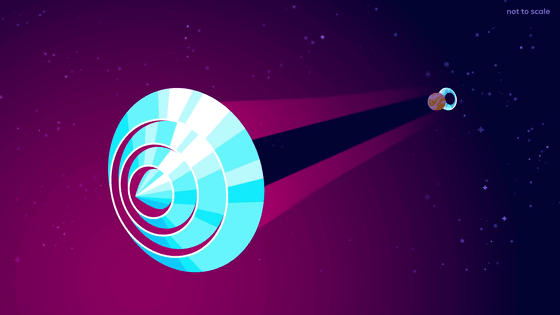
Since the third idea is a bit more practical, let’s go through with that. To solve the problem, instead of one giant circular object, our mirror will consist of many different pieces. Annular slats of angled mirrors can reflect sunlight from one set of mirrors to the next. Mirrors would be angled, reflecting light from one to another until the light is redirected to the back – balancing the force on the front and holding them in position. After a few years of getting the infrastructure in place, things start slowly and then escalate. For the first few decades, the atmosphere slowly cools down but stays dense and deadly. Until, after some 60 years it reaches the critical temperature of 31° Celsius. Suddenly, the Great Flood begins on Venus, as CO2 turns to liquid at this pressure and begins to raindown- a constant global rainstorm of unbelievable proportions lasting 30 years.

The pressure and temperature suddenly begin to drop in unison. For almost a century, puddles turn into lakes and oceans. The surface temperature is now -56° Celsius and the pressure has dropped to only seven times the pressure on earth. Finally, at a really unpleasant -81°, the CO2 oceans begin to freeze and the rain turns into snow. This leaves us with a frozen Venus covered in oceans as hard as rock and gigantic CO2 glaciers. What remains of the atmosphere is mostly nitrogen, at about 3 times earth’s surface pressure. If you don’t mind freezing and suffocating, you can now take a stroll over Venus’ surface. But the frozen CO2 remains a bit of a problem. At some point we want to warm up the planet, but if we do, the CO2 ice will melt and fill up the atmosphere again. So we need some way to keep it from doing that. One is to simply cover it all with cheap plastic insulation and cover it up with ground-up venus rock or water oceans. Although some planetary scientists will be very stressed out about us building a new planet containing a potential time-bomb like that. A few unfortunately timed volcanoes could melt a lot of CO2 at once and ruin everything. Another obvious solution is to shoot it all out into space and collect it into a small man-made moon for storage and future use. We can make this more efficient by using mass drivers instead of rockets, but moving all that mass will still be a pretty intense challenge that will take some time to solve.
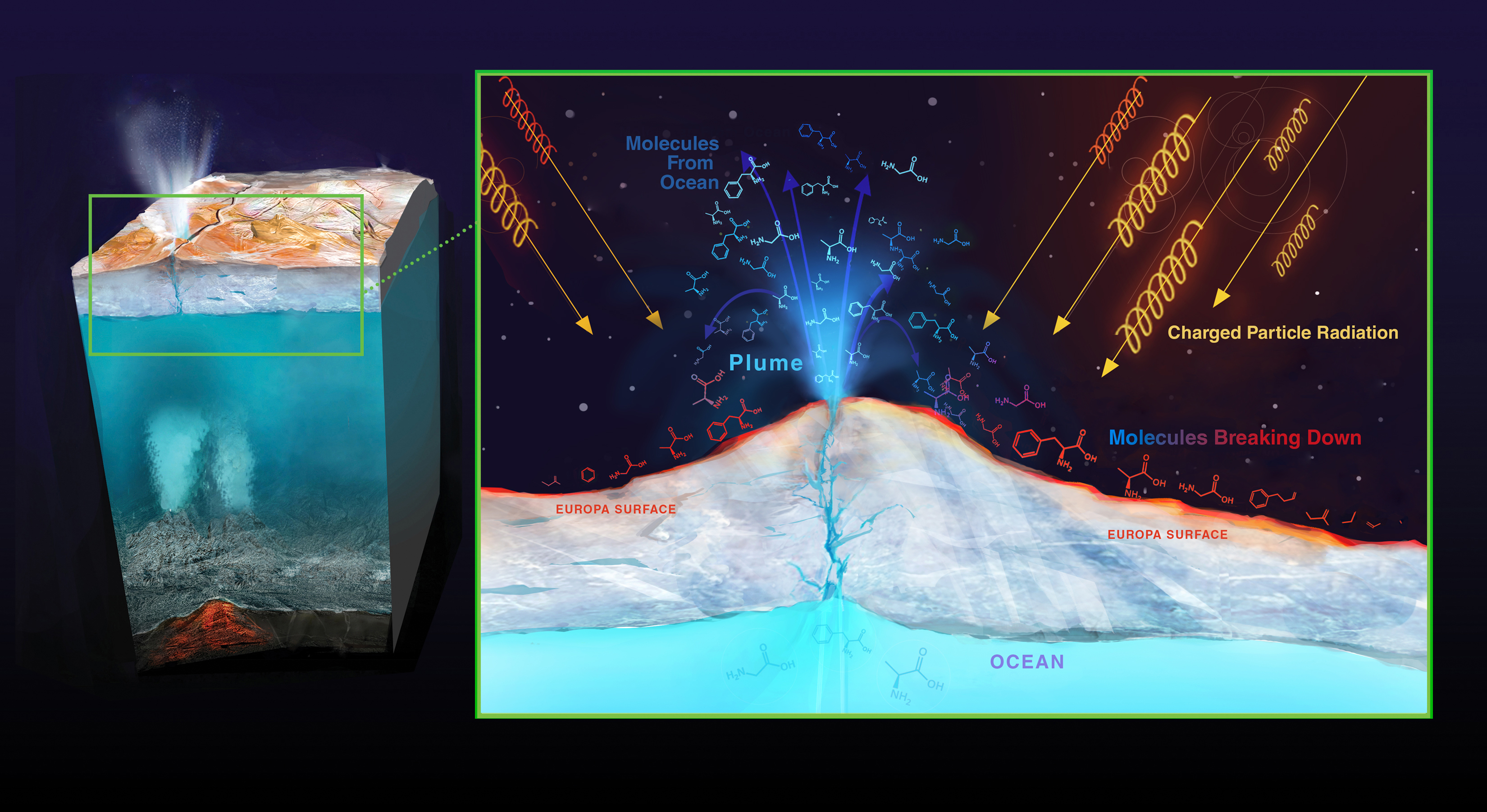
Whatever we end up doing with the atmosphere, to move forward we need water, which we could get from Ice-Moons. Europa, a moon of Jupiter, has twice as much water as Earth’s oceans. Now catching a moon and transporting it through the solar system is not exactly easy. So instead, it might be easier to cut chunks of ice off Europa with an army of construction drones and shoot them at Venus using more of those mass drivers. Space tethers could save us a lot of effort and energy here – which will be explained in the next part, but in a nutshell, they are slings that can take a payload on both ends. We can remove excess nitrogen using this same method to further lower our atmospheric pressure. After a few decades or centuries, Venus would be covered by a nice, shallow frozen ocean, a few hundred meters deep. It would look extremely different from today.
A few continents and countless islands have formed. This is beginning to look a bit like our planet! Now the last and most magnificent phase of terraforming begins: Making the atmosphere breathable and adding life.
First, we need light though and we need to heat the planet up again. A Venus day is 2802 hours long: more than 116 Earth days. So if we just remove our giant mirror, we would grill half of our planet. Even without the massive atmosphere, temperatures would reach unbearable levels. The simplest way to create a day/night cycle and let some energy in again, is with another set of mirrors to illuminate our continents and melt our water oceans, which would let us completely control how much energy we get and where it goes. The atmosphere is now mostly made up of nitrogen and basically devoid of oxygen. So the first inhabitants will likely be trillions and trillions of Cyanobacteria, which can get photosynthesising and release oxygen. We know that they can quickly turn around the atmosphere of a planet because billions of years ago, they were probably responsible for turning the toxic atmosphere of our young Earth into an atmosphere with enough oxygen for more complex animal life. However, not only that – Cyanobacteria can fix Nitrogen from the atmosphere and turn it into nutrients that can be used by living beings. This way they will essentially fertilize our dead ocean water and prepare it for more complex organisms. On land, our colonists need to grind down some of the former venusian surface to make soil for nitrogen fixing plants to grow on. Eventually billions of trees would spread; creating large forests, covering massive parts of the continents. Venus would turn green. First the oceans, then the land.

To speed things up, CO2 would be strategically released to supply the plants and cyanobacteria. Areas already covered with plants could get extra daylight from our orbital mirrors, so the plants would be active for most of each day. Maybe, we won’t have to do this with the same plants and animals we know today. As genetic engineering matures and our understanding of genetics and the machinery of life expands, we might just engineer life as we need it. All in all, it would take several thousand years to make the atmosphere breathable by humans. In the meantime, you could stroll around with nothing more than regular clothes and an oxygen mask. Settlers would enjoy a vast new planet, filled with resources and bathed in sunlight. They might think of new ways to use the vast amounts of carbon dioxide ice and nitrogen orbiting in space above: Industrial processes, rocket fuel or even boosting the terraforming of another planet, like tiny Mars. Venus is fully terraformed. Animals roam through vast ecosystems. Cities are being constructed. Billions of settlers and their descendants make this world their home. They will see images of the past. How Venus was once the most hostile planet around. How it took hundreds of years to freeze hell and to ship in the oceans and another few thousand years to make it possible to breathe freely. They will barely be able to believe it!
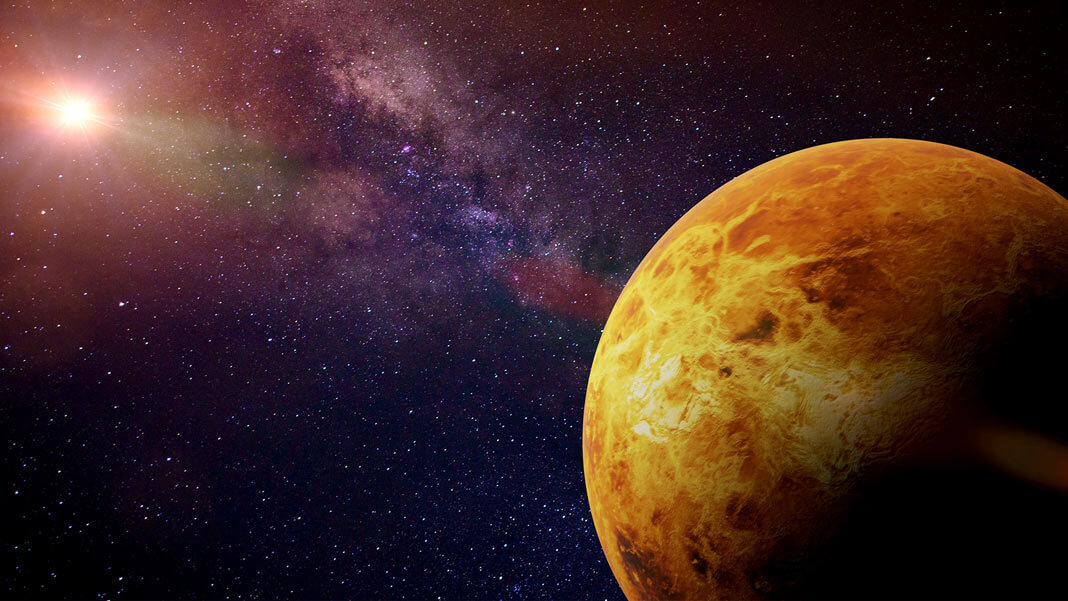
Okay, maybe it is not that easy to terraform Venus and a lot of things must go right for this future to become reality. However, it is possible and with technology that is within the reach of a motivated and slightly more advanced humanity that wants to venture into space. The only thing that is stopping it is our imagination, and that atleast is a problem that’s easy to overcome. If you think about it, your imagination is the only thing stopping you from doing all kinds of things. All you need is a little nudge, and blogs written by Ignition Science ofcourse! 😉 Be sure to check out all the other amazing blogs as well and stay tuned for the final part (PART 3) of this Terraforming series next week! Till then, stay safe and a very Happy New Year! 🙂
Lastly, Subscribe to our newsletter to never miss out on any updates!

Thank you so much for sharing this wonderful post with us.
LikeLike